It is possible in Azure Web App to override web.config AppSettings section easily. E.g. if I have the following web.config:
<appSettings>
<add key="AllowedCORSOrigin" value="http://localhost:26674"/>
</appSettings>
I can override it in the app settings UI in the portal like that:
I have also a custom section in the web.config:
<AdWordsApi>
<add key="OAuth2RefreshToken" value="TOKEN" />
</AdWordsApi>
Is it possible to override it somehow as well? I have tried AdWordsApi.OAuth2RefreshToken and AdWordsApi:OAuth2RefreshToken, but that does not work that easily.
P.S. It's interesting to know if it's possible with other custom sections like e.g if I want another authentication mode on the server.
<system.web>
<authentication mode="None" />
</system.web>
